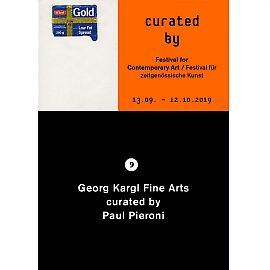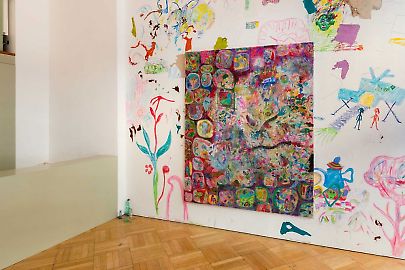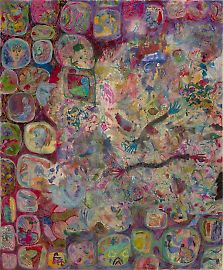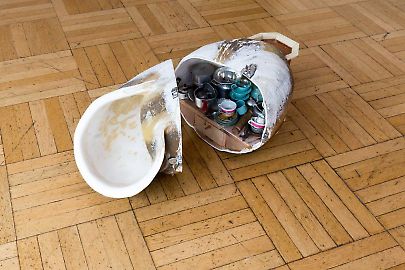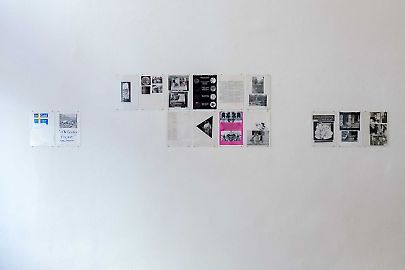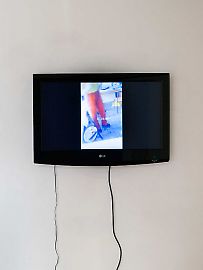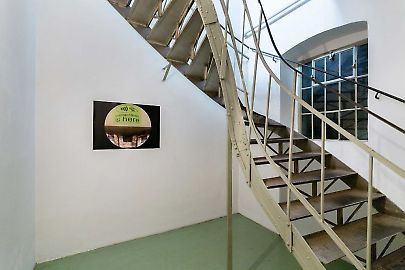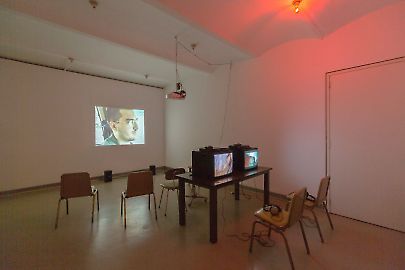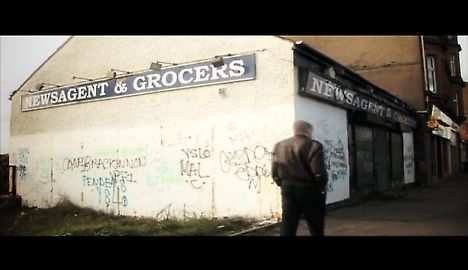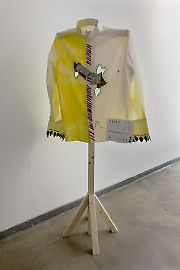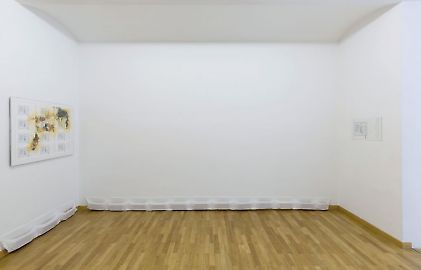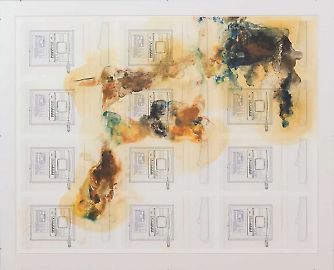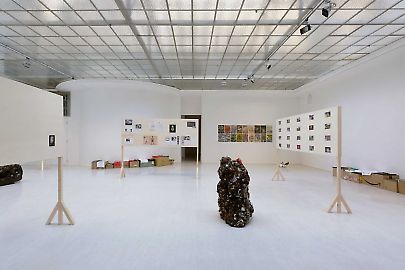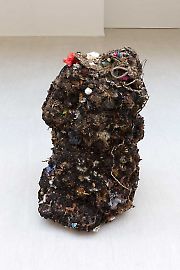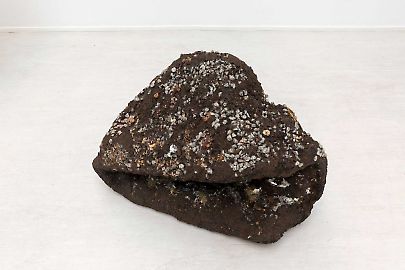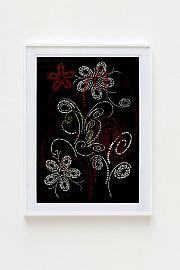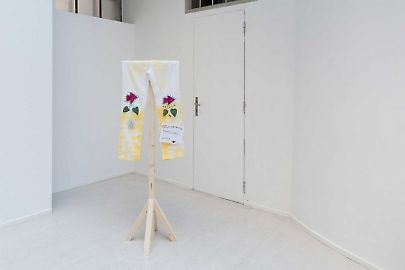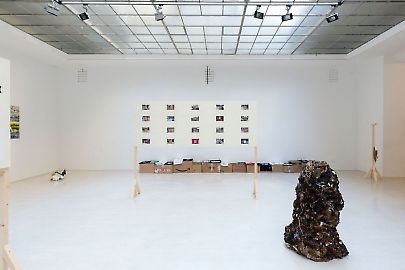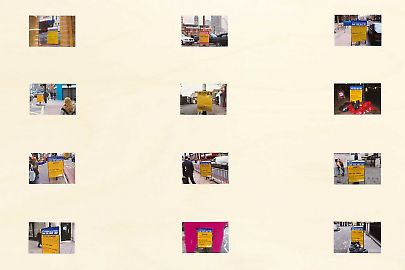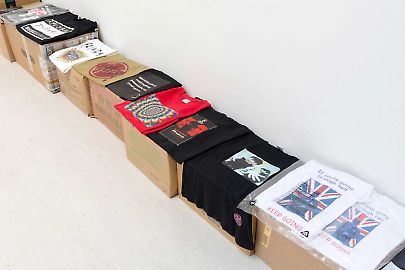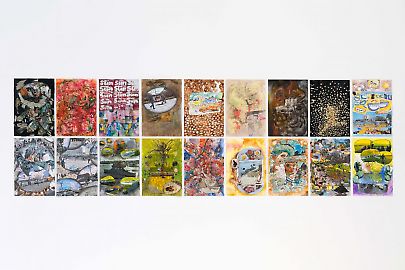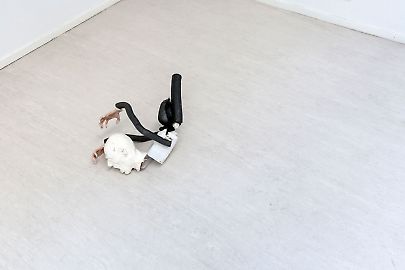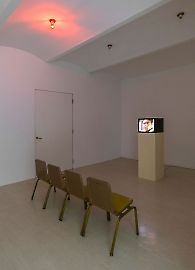Curated by_Paul Pieroni -- Scenes of the Crimes
Terry Dennett, with Black Audio Film Collective, Max Brand, Bonnie Camplin, Caspar Heinemann, Jimmy Merris, Stuart Middleton, Marlie Mul, Matthew Richardson with Louis Backhouse and Anna Susanna Woof, David Graham Scott, Ryan Siegan Smith, Richard Sides & Gili Tal, Lena Tutunjian, Holly White
I am an observer-participant living in these present times with a social responsibility to communicate my observations to others when possible. It falls to me to leave a catalogue of today’s ‘scenes of the crimes’ for future generations so lives and struggles are not totally lost to history. This goes beyond the usual documentation of demonstrations to encompass the wider everyday which appears so ordinary that most people do not bother to record it.
Terry Dennett artist statement (2011)
At the center of this group exhibition is the urban social documentary work of British photographer, historian, activist and archivist, Terry Dennett (1938 - 2018). Dennett, who produced images of social inequality and economic dispossession in London, was a voice in the critical recovery of photo-documentary from the late-1970s onwards. Like Allan Sekula and Martha Rosler in America, or Victor Burgin and Dennett’s long-term collaborator, Jo Spence, in the UK, Dennett advocated for the political potential of photography as an art form capable of restoring links between artistic and social practices. Over a five-decade period Dennett mapped London’s physical form and social conditions, while also documenting traces of power and ideology at work in the city. Combining content from antagonistic categories, juxtaposing text and image in disorientating and polemical ways, Dennett directed his art against what he perceived to be bankrupt representations of social life produced by the media, businesses and politicians. Focusing on the forgotten, disavowed or banal aspects of urban space, Dennett developed a ‘counter-archive’ or ‘archive from below’ during a period of political-economic, social and cultural transition in Britain.
Photographs, collages, photocopies and work-plans from this archive are presented alongside experimental documentary films by controversial Scottish filmmaker, David Graham Scott, and the artist group, Black Audio Film Collective. These documentary works are joined by recent video, sculpture, painting, photography and work on paper by a generation of younger artists who, in contrast, eschew documentary approaches in favour of allegorical or poetic responses to the urban-everyday. While the movement or flow between these different representational strategies is the key circulatory theme in this exhibition, two further circulatory contexts can be identified. On the one hand, work made between the 1980s and 2000s by Dennett, Black Audio Film Collective and David Graham Scott might be said to map social contexts in the UK formative for the work of the younger artists included here. In this way urban space is presented as a stage or platform through which artistic generations circulate, each with a different, historically specific, approach to the project of urban social realism. On the other hand, a useful, if reductive, cyclical or ‘periodising’ historical model – a model central to Dennett’s own historical outlook – is upheld. This exhibition brings together fragmented artistic reflections on the social conditions and experiences of a period known by various aliases: late-capitalism, postmodernity, neoliberalism, globalisation, as well as upon the various forms of life – damaged or other – that have emerged in Britain during this period.
Paul Pieroni


